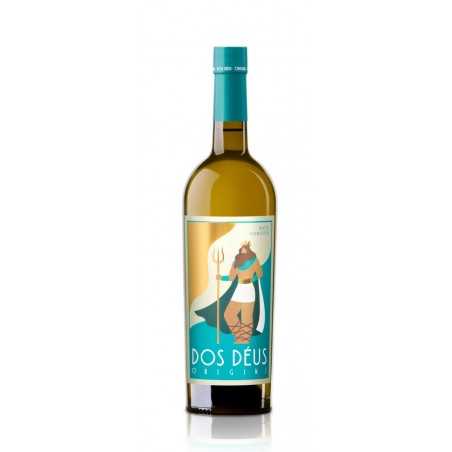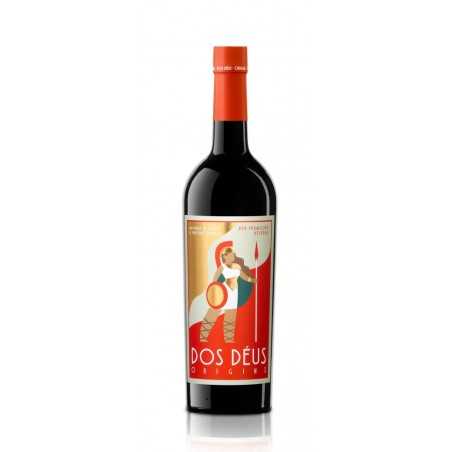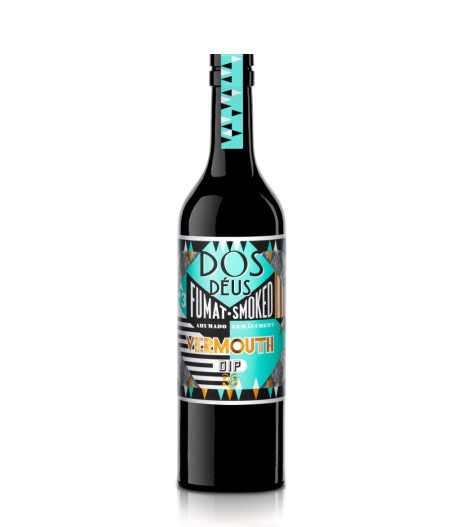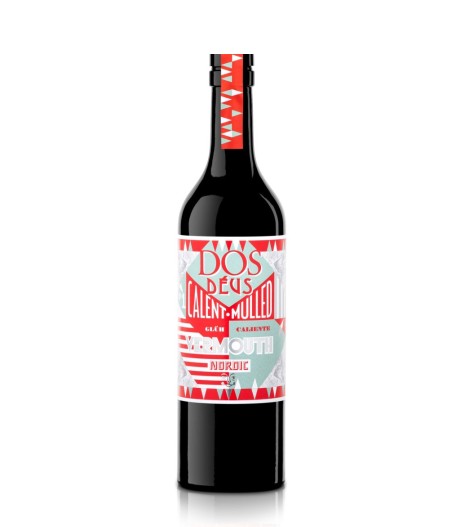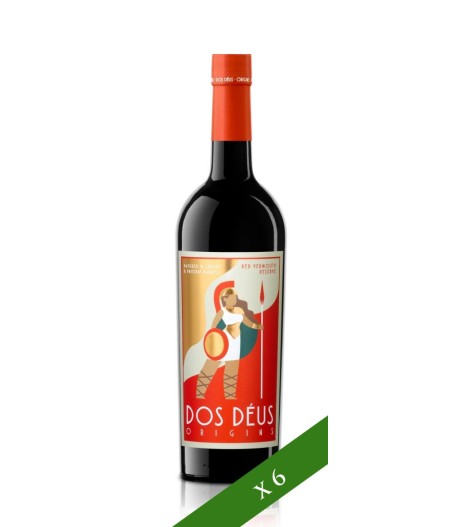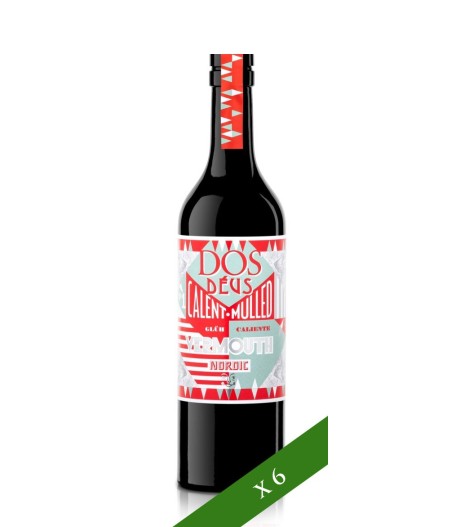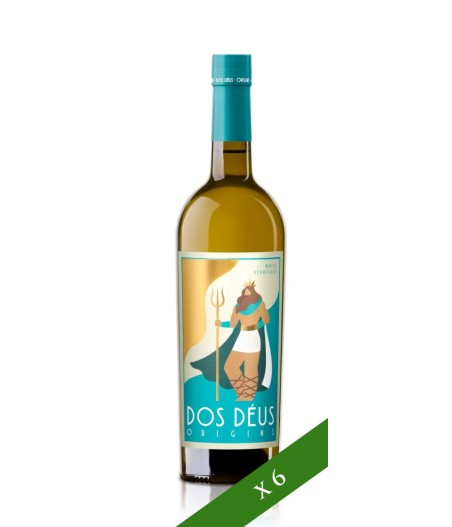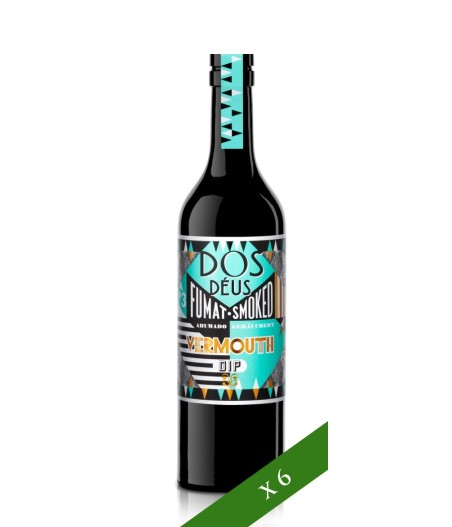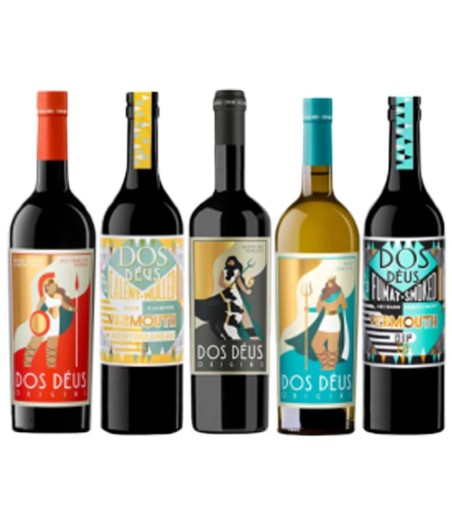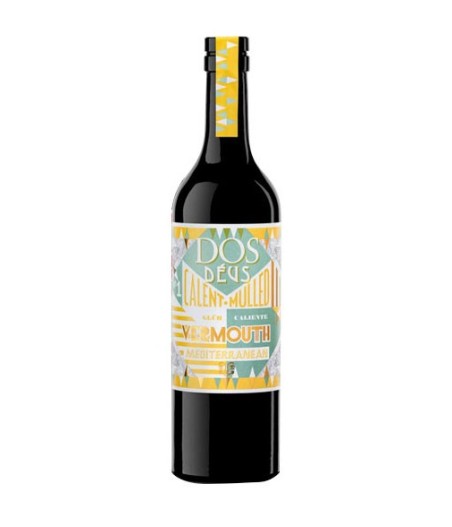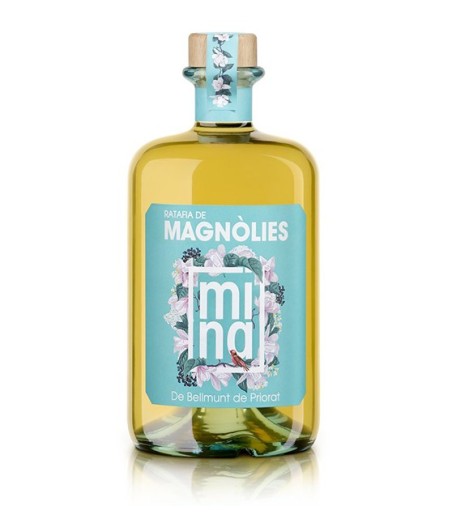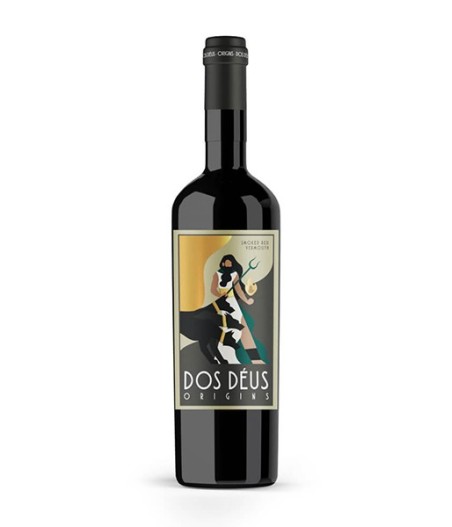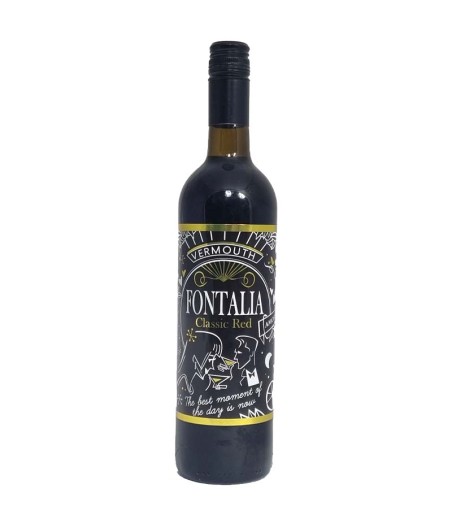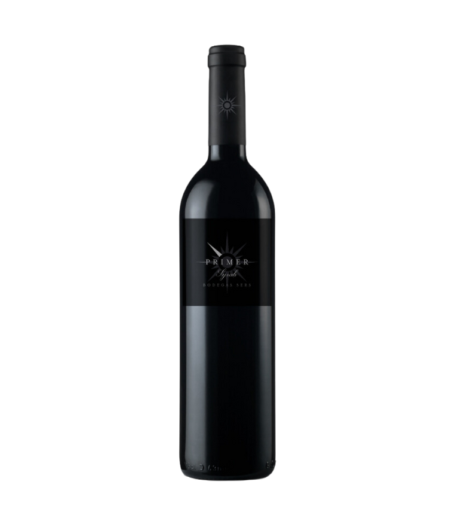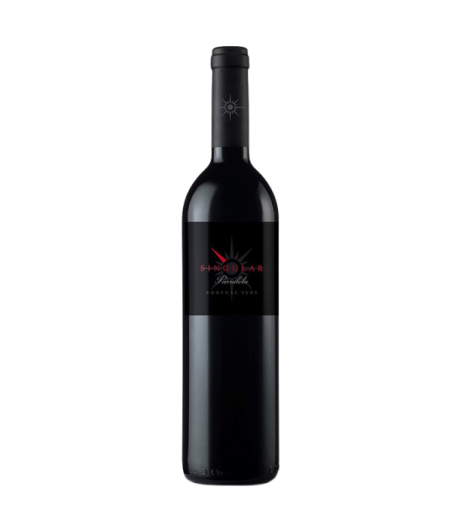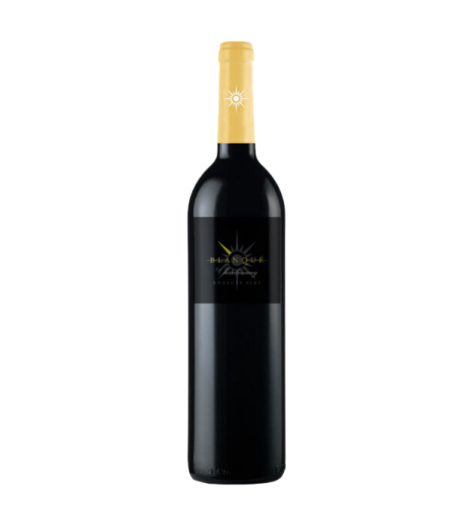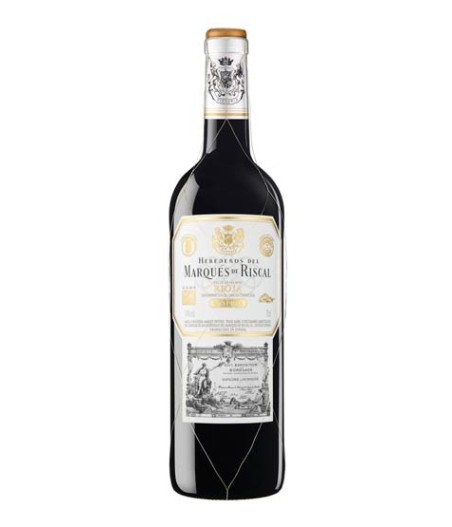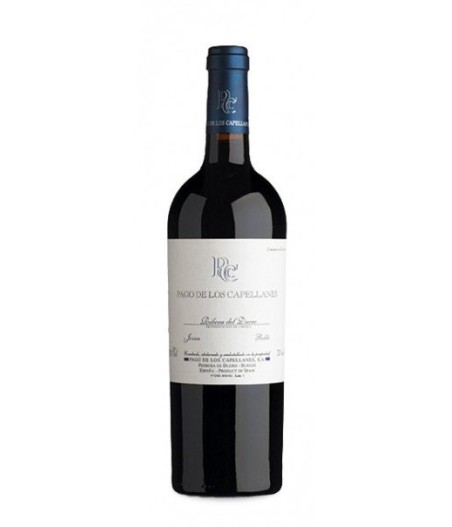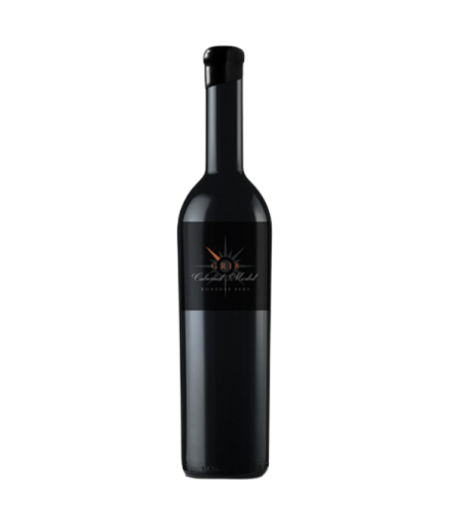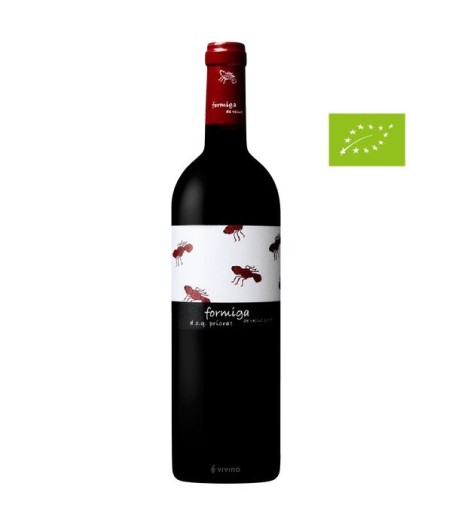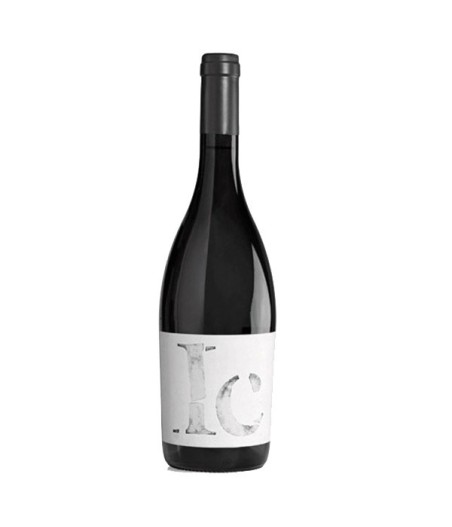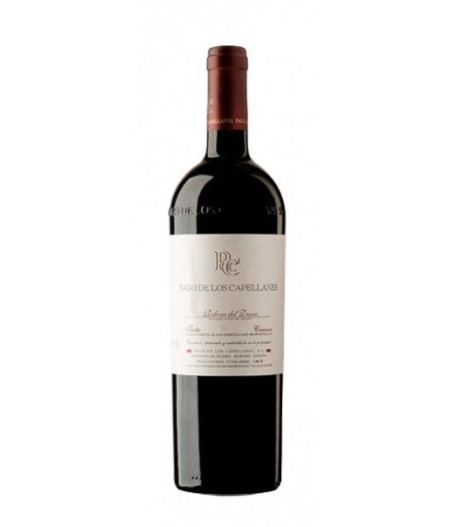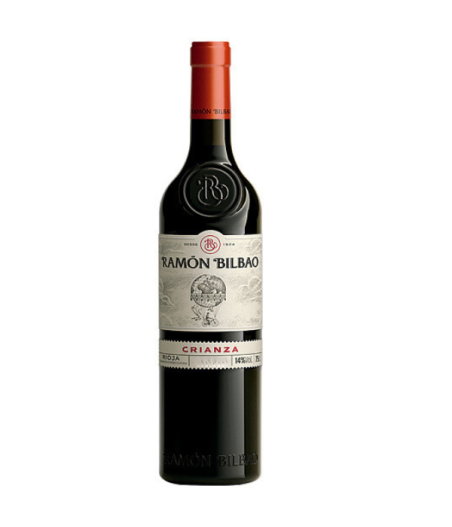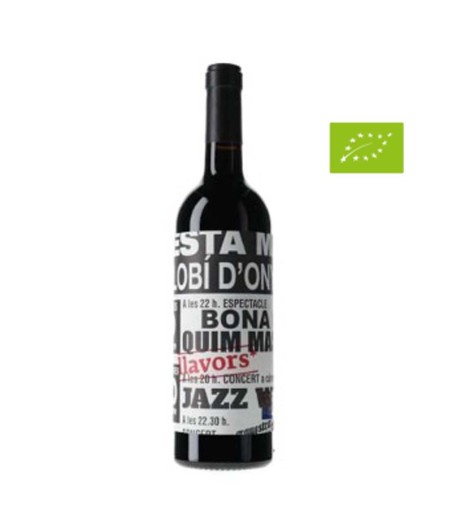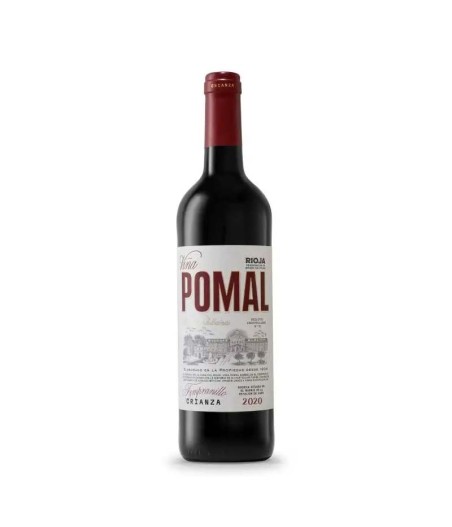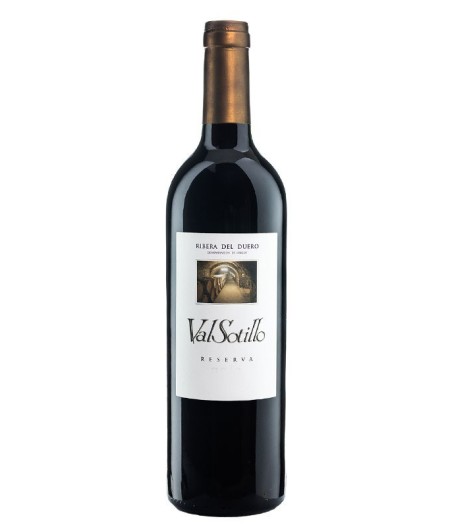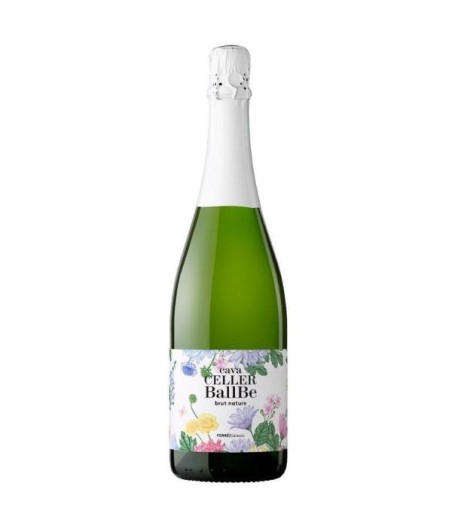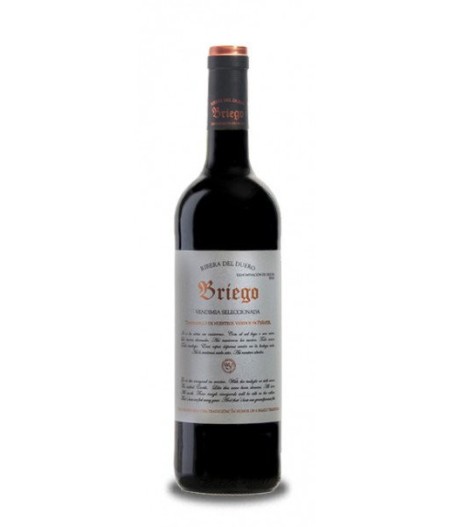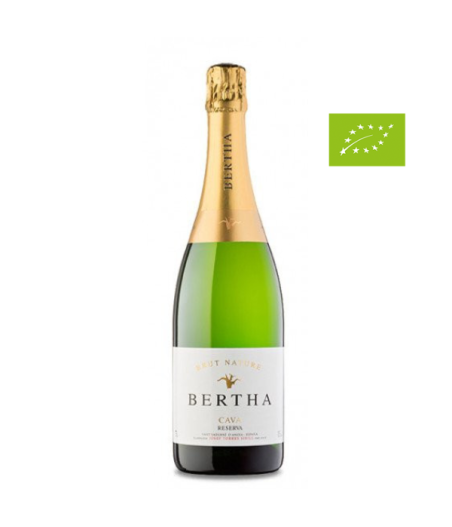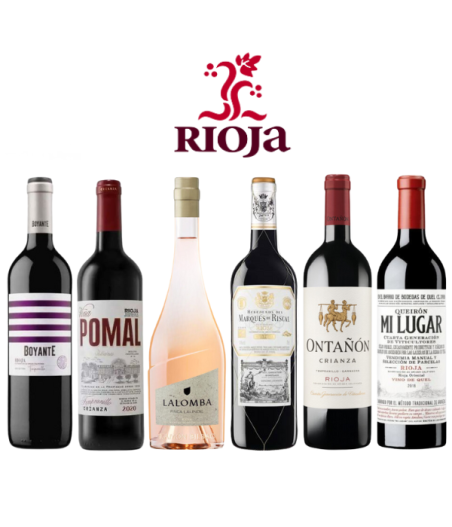Vermouth, the perfect appetizer
Our vermouths
1. Vermouth time
Any Saturday or Sunday, sunny, at 1 p.m., you walk around and see the terraces of the bars full of people. Laughs, gatherings, meetings with friends and family... but something in common: Vermouth.
This is a very widespread tradition throughout Spain. It's time to eat something before lunch and the perfect excuse to meet friends or family.
Have a beer, a wine, a vermouth with some potatoes, some olives, some preserves such as cockles or mussels or anchovies in vinegar. All about happiness and good vibes.
We want to explain the origin of this drink so present throughout Europe and why it gives its name to the appetizer.
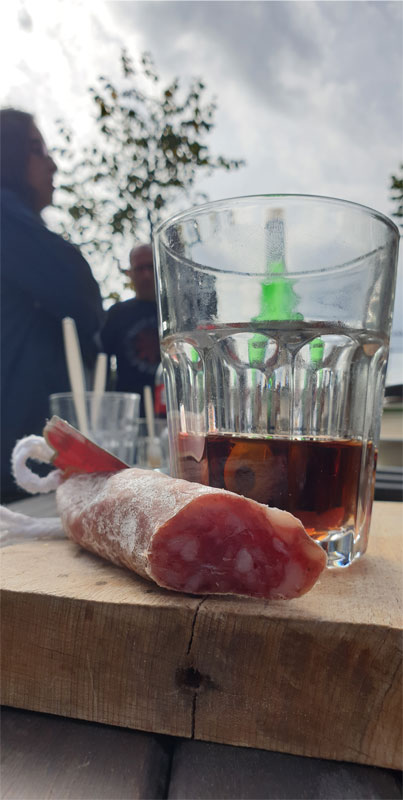
2. History of vermouth
To explain its origin, we will explain what the word Vermouth means.
Etymologically, it comes from German and means “wormwood”. Wormwood (Artemisia absinthium) is a medicinal herb with a bitter taste and has many properties, among which are helping the digestion and enhancing appetite, in addition to other curying properties.
The first reference we have of Vermouth is during the ancient Greece. Hippocrates mixed wine with Wormwood. In this way, the bitterness of this plant balanced the sweetness of the wine.
Throughout the years, the art of mixing wines with plants and other products continued thanks to pharmacists, monks and alchemists.
The modern concept of Vermouth came from Italy.
In 1786, Antonio Benedetto Carpano created a vermouth based on muscatel, caramel, sugar, herbs and spices.
In 1838, the Cora brothers industrialized this drink and began to market it. As a result, the first Vermouth brands such as Cinzano and Martini appeared.
A few years later, Vermouth arrived in Spain. Reus (Tarragona) was the epicenter of Vermouth in Spain. At the end of the 19th century, there were more than 30 wineries and 50 brands of vermouth.
In Spain, the first reference we find is the Yzaguirre vermouth (El Morell, Tarragona) in 1884. A few years earlier in Huelva, there was a vermouth (Bodega Melquiades Saénz) before the Orange Wine. Since then, Vermouth has spread throughout Spain as the perfect appetizer drink.
3. Vermouth as a social event
During these 150 years of tradition, Vermouth has been keeping adapted. At first it was sold in bulk in the cellars like many wines. But the tradition of drinking a vermouth as an appetizer began in 1902.
In Barcelona, Torino bar opened. A modernist work in Paseo de Gracia on the corner of Gran Vía. It was known as the Palace of Vermouth. During the first years, going to the Torino bar to drink a vermouth was something elitist. During the 10 years that it was open, the Torino bar was very famous by the people of Barcelona and by the tourists.
Later, in the 1950s, vermouth time became a tradition in Spain.
Vermouth was in decline as a drink at the beginning of the 21st century, but in recent years it has resurfaced as a drink and as a social act.
Vermouth is back in fashion.
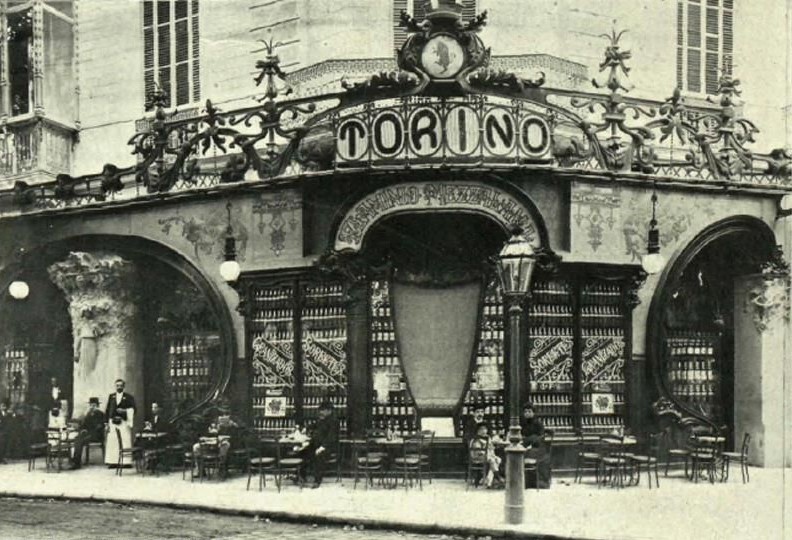
4. Types of vermouth
Most vermouths are made from white wines using Moscatel, Macabeo and Pedro Ximenez varieties. The different ingredients that are added to the wine base will make us obtain 4 different types of vermouths.
Red vermouth
Depending on the country and the language, it may be called different. Red vermouth is the most consumed in Spain. The dark red color is given by the added caramel. This makes it the least bitter and dry of the 4 types of vermouth.
The bitterness will vary depending on the country of origin. In Italy, for example, they usually make a bitter Vermouth Rosso. In this vermouth the aromatic notes of its herbs and spices, such as cinnamon, predominate. It is usually served with ice and a slice of orange.

White vermouth
White vermouth is sweeter, since less bitter substances are added to it than red vermouth. Citrus notes and vanilla predominate. White vermouth is the most consumed in the world and is of French origin.
Rosé vermouth
Rosé vermouth is the least known and less consumed, although lately it is becoming fashionable and its consumption is on rise. It is a smoother vermouth with fruity tones and less bitterness. It is usually consumed during summer and is made with rosé wine or by mixing red and white wine.

Dry vermouth
Dry vermouth is of French origin and is widely used in cocktails. The famous Dry Martini is based on this vermouth. It is more bitter than white and red vermouth and they usually have an excess of sugar.
Our wines and vermouths
5. Vermouth Innovation
When a product is in fashion, the need to look for new horizons and reinvent it arises. When they talk about Vermouth, we all imagine a glass with a little ice, a slice of orange and an olive. We sit on a terrace, having tapas before eating, on a sunny day. However, this is not the only way to take it.
At Priorat B&D Lab, a winery located in Bellmunt del Priorat (Catalonia) made original distillates and drinks, recovering old recipes and adapting them to the new times.
Innovation is their DNA and that has led them to win many awards with their vermouths, from the most classics to the most innovative.
Can you imagine a northern European-style hot vermouth, like the famous “mulled” or “glüh wine”? Or having a Bourbon-style smoked vermouth with a little ice, on a Sunday afternoon reading a book or simply looking at the sunset? We are sure that you will love the experience.
6. Vermouth pairing
Vermouth today is drunk in most bars. A few years ago, vermouth was consumed only in small cellars in the cities and sold in bulk. The essence and origin of vermouth lies where are barrels and you stand up drinking. The smell of wine from the cellar mixes with the smell of open cans of preserves on the bar counters.
Vermouth combines with many dishes thanks to its nuances and aromas, especially with salty dishes and strong flavors, but also with the sweet ones.
It pairs perfectly with canned fish and shellfish. Natural cockles, pickled mussels, sardines in olive oil, anchovies in vinegar, Cantabrian anchovies or natural clams. It also pairs very well with olives and pickles. Some olives are stuffed with anchovies, some pickles in vinegar, some banderillas or with some gildas (anchovy, chili pepper and olive).
Red vermouth pairs very well with desserts; citrus, nuts or a cheesecake.

7. Curiosities of vermouth
Vermouth and its names
Vermouth does not have a universal recipe. Each winery, town, city or country gives it its own nuances. In Catalonia there are towns with a great tradition of vermouth production, which have been named.
There are also great brands that are synonymous with vermouth. Who hasn't gone to a bar and ordered a Martini without having to say the word vermouth?
What graduation does the vermouth have?
Vermouth is an alcoholic beverage whose alcoholic strength must be between 15º and 23º.
James Bond and vermouth
Who has never heard the phrase: "A dry Martini, shaken, not stirred"? This phrase became popular thanks to James Bond in the 007’s movies, when he asked the waiter for a vermouth. This was an advertising strategy of the famous Italian Vermouth brand. In one of the latest James Bond movies, the Heineken beer brand paid about 45 million dollars for the protagonist of 007 to order a Heineken instead of the famous vermouth.
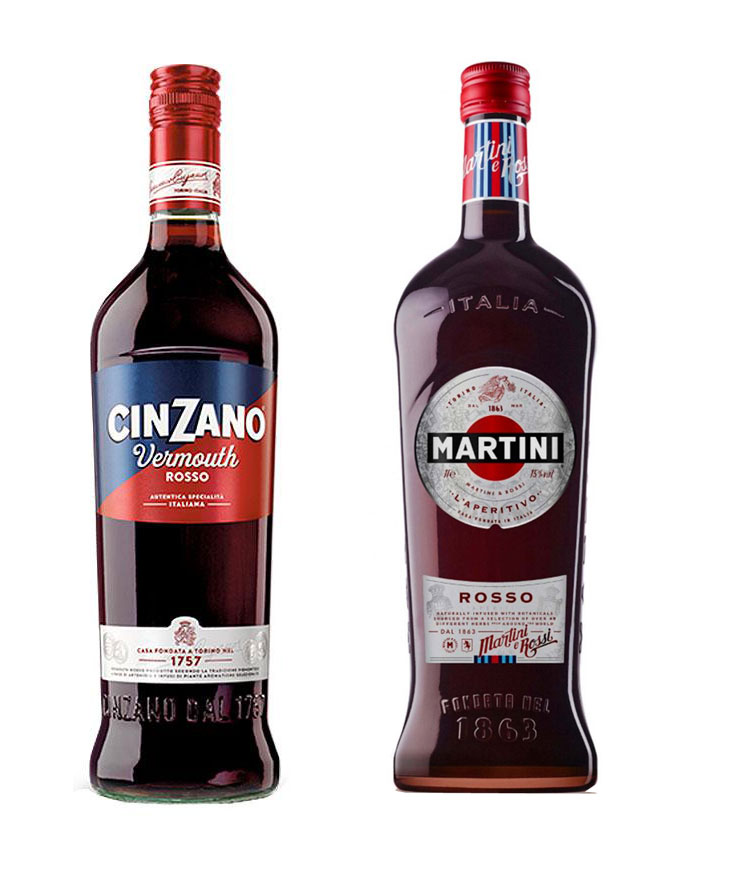
What is the oldest vermouth in Spain?
The specific year is not very clear but we can say that the oldest vermouth in Spain is from Huelva. Bodega Melquiades Sáenz was founded in 1770 and has a recipe for Orange Wine from 1870, but it is said they produced vermouth already. A few years later, in 1884, the Yzaguirre vermouth was born in Tarragona.
What is the most expensive vermouth in the world?
Vermouth is not usually an expensive drink. But as in many products, there are reserved vermouths and limited editions.
Among the most expensive there is a Catalan vermouth, the Vermut Falset Reserva, macerated during 5 years and of which only 250 bottles are made. Its price is €55.
Currently, the most expensive vermouth in the world is an Italian vermouth that rests for 1 year in Italian oak barrels and only 800 bottles are made per year. It is the Vermouth Mancino Vecchio and its price is 115 €
What is the difference between vermouth and Martini?
To answer this, we will use another question. What is the difference between cola and Coca-Cola?
The answer is clear, vermouth is the type of drink and Martini is just a brand of vermouth. When a brand is famous thanks to its marketing, we usually call the drink by its name.
Confusion can also come from the Dry Martini, which is a white vermouth-based cocktail from this brand.
At what temperature is vermouth taken?
Vermouth is a cold drink. It is usually served with ice. The ideal temperature would be around 8º. Between 6º and 8º the white vermouths and between 8º and 10º the red ones. Did you know that there are also vermouths to drink hot?
Buy the best vermouths in Jamonarium here online
 4,9 / 5
4,9 / 5 





